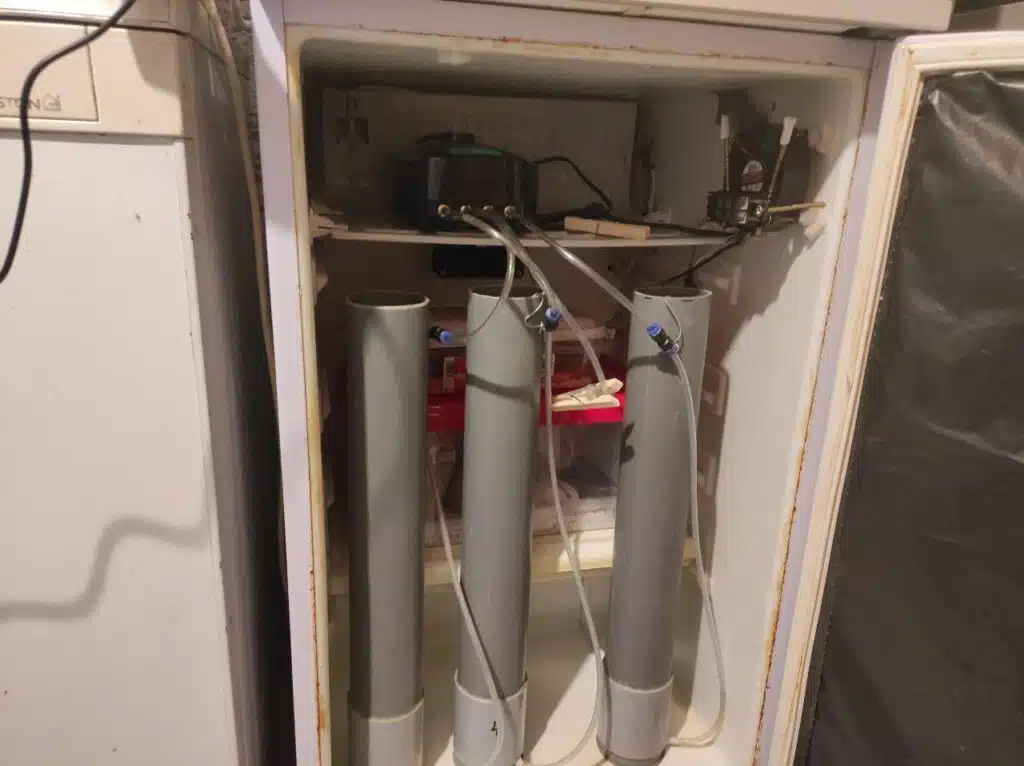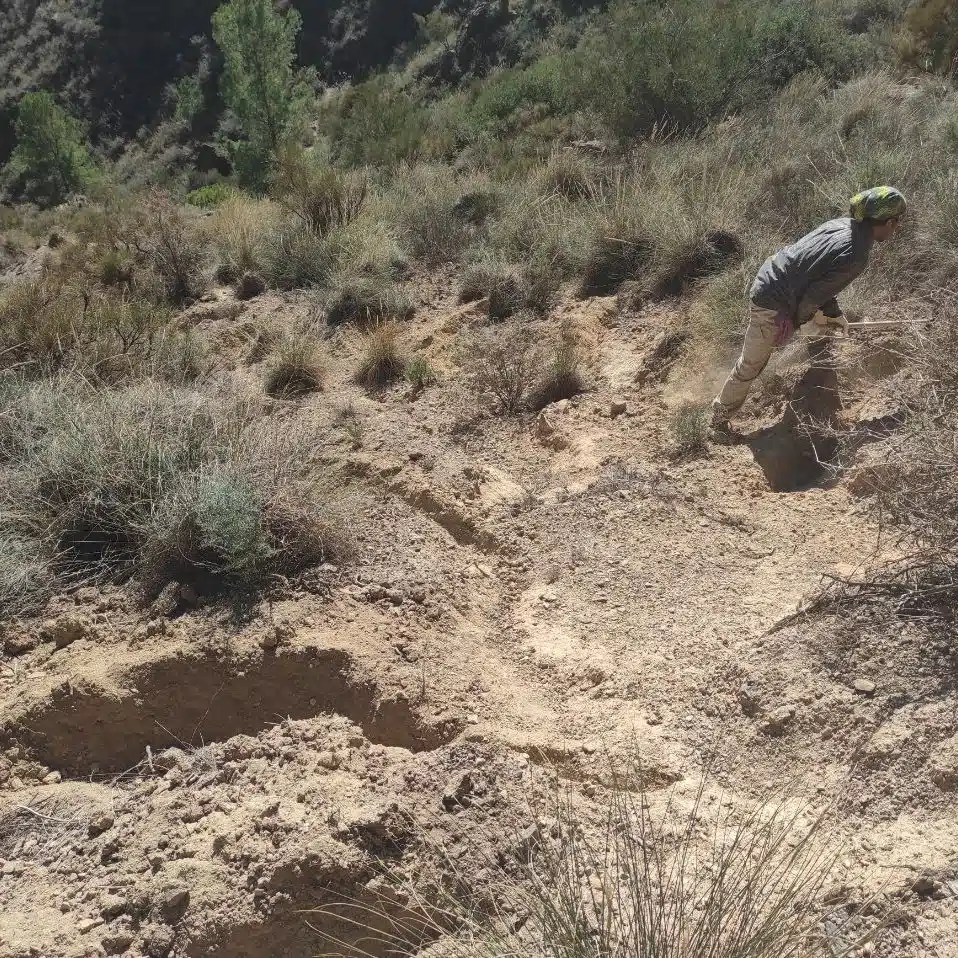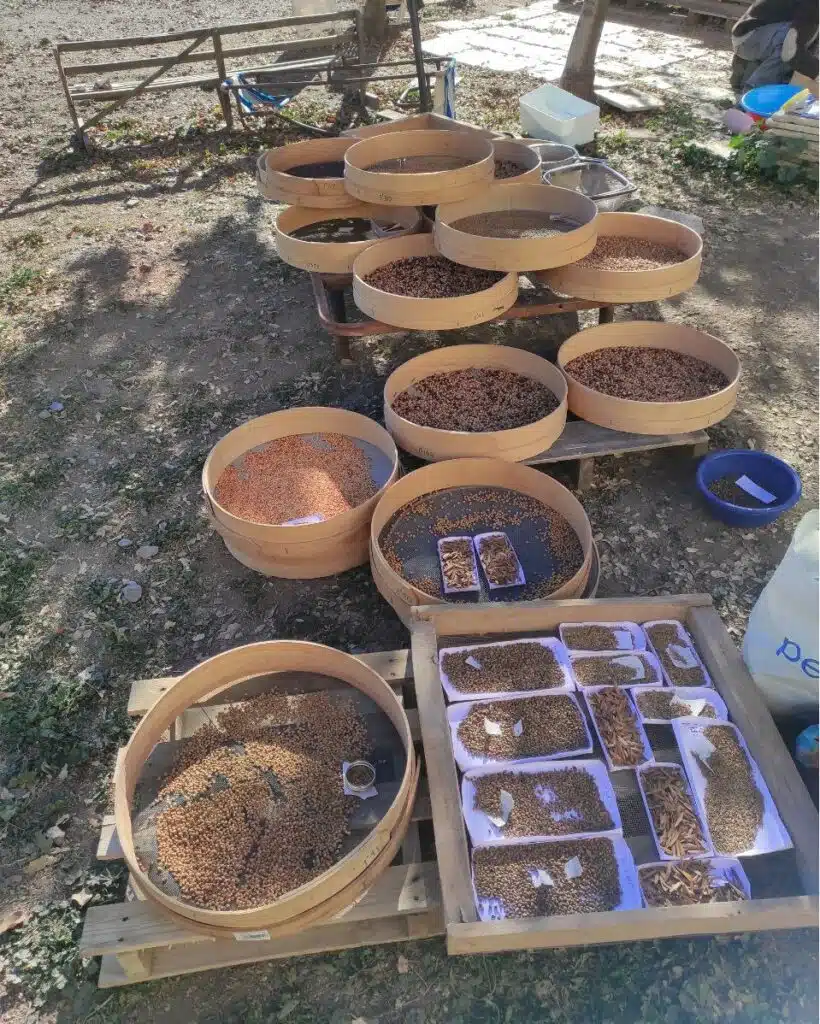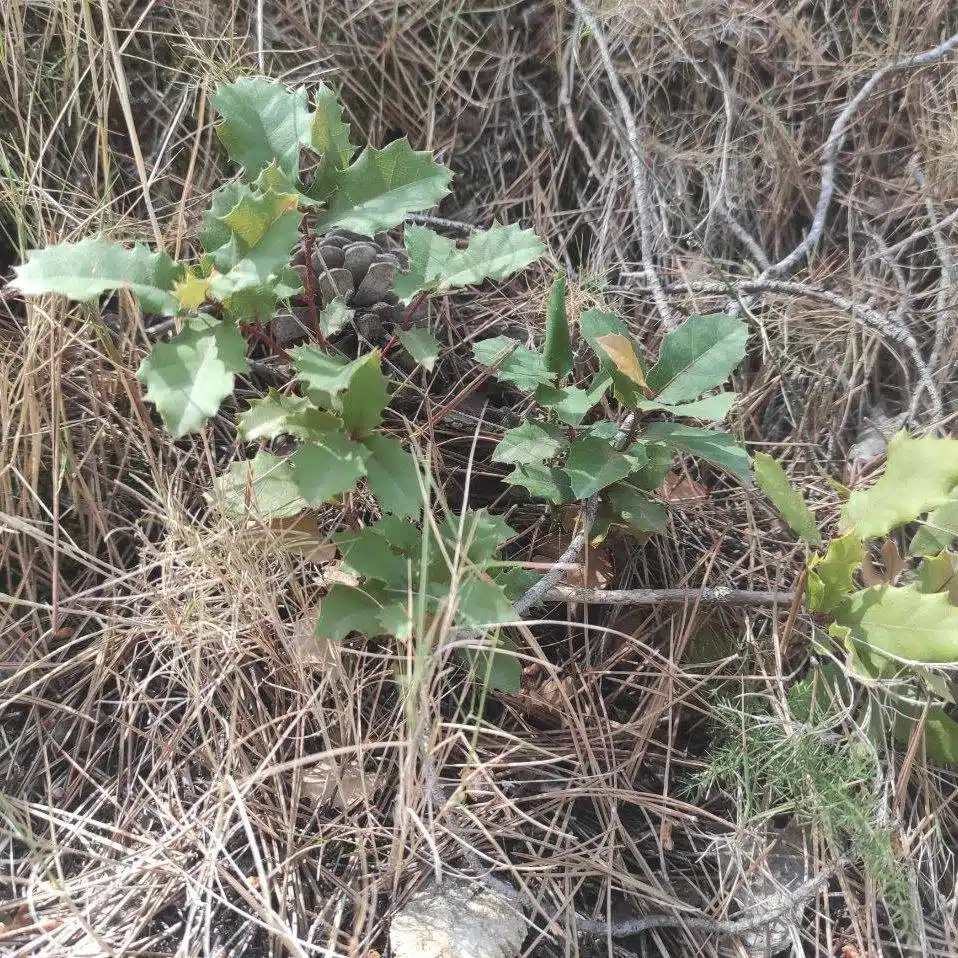At Semillistas we continue to perfect our planting techniques to improve efficiency in ecosystem restoration. Today we want to share in detail a key treatment we apply to carob (Ceratonia siliqua) seeds: hydropriming, a technique that accelerates germination and improves the seedling’s ability to cope with adverse conditions.
Why is it necessary to treat carob seeds?
The seeds of this species have an extremely hard and impermeable coating, a natural adaptation that allows them to remain viable in the soil for long periods until conditions are optimal for germination. In nature, this process occurs slowly through the action of microorganisms, digestion by herbivores or mechanical abrasion in stony soils. However, in an ecological restoration context, where time is a critical factor, we need to accelerate this process to ensure rapid and uniform germination.
Stages of treatment
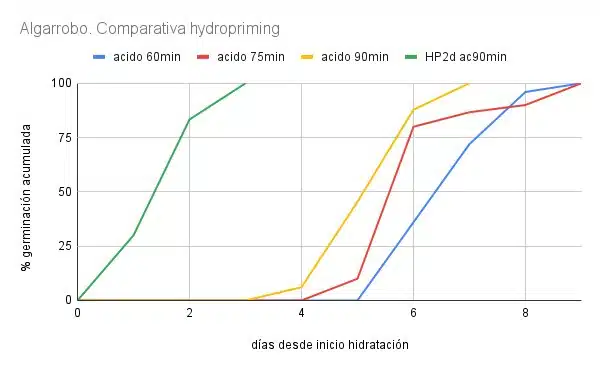
The treatment consists of three main phases:
Chemical scarification with sulfuric acid.
To break physical dormancy, we immerse the seeds in concentrated sulfuric acid for 90 minutes. This process partially degrades the seed coat without damaging the embryo, allowing the seed to absorb water more efficiently. We have tested different exposure times (60, 75 and 90 minutes) and, according to our germination graph, the 90-minute treatment is the optimum, as it allows the fastest hydration without compromising seed viability.
Hydropriming: hydration with controlled aeration
After scarification, the seeds are placed in tubes filled with water, inside a chamber at a controlled temperature of 20°C, with a constant aeration system using an aquarium pump. This process lasts 48 hours and activates the metabolism of the seed, bringing it closer to the germination point without allowing the radicle to emerge prematurely.
Drying and storage
Once hydropriming is complete, we carefully dry the seeds so that we can store them without risk of deterioration. In this way, we can keep them ready until the optimum sowing time, reactivating germination with a simple 12-hour soak just before sowing.
Benefits of hydropriming in restoration
Comparing hydropriming treated seeds versus untreated seeds, we observed a drastic reduction in germination times. Without treatment, germination can take 4 to 7 days, while with hydropriming it occurs in 1 to 3 days. This has several advantages:
Greater synchronization with rainfall: in ecological restoration, we plant just after significant rainfall to ensure that the seeds have enough moisture to become established. With hydropriming, we can prepare seeds with only 12 hours of soaking, instead of waiting 3-4 days for traditional pre-germination.
Less risk of predation: seeds in the field are exposed to mice and other herbivores. Rapid germination means less time in the soil before cotyledons emerge and the seedling is more resilient.
Improved stress tolerance: Studies have shown that hydropriming induces physiological changes that improve tolerance to water, salt and heat stress in young seedlings, increasing their chances of survival under difficult conditions.
This optimization is another step in our commitment to the effective restoration of degraded ecosystems. With each seed we plant, we seek to maximize its potential to become a robust tree that contributes to forest regeneration. We continue to explore

